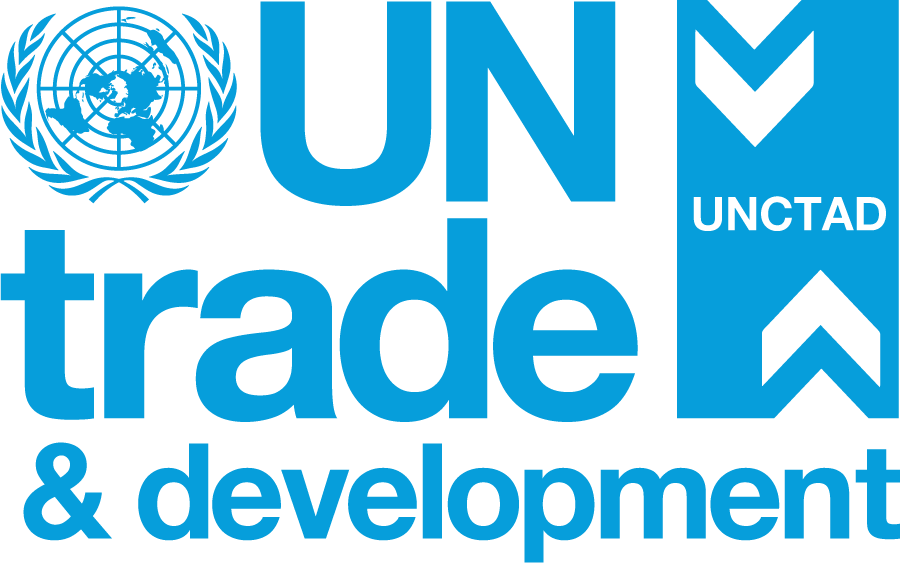
The investment gap to achieve the SDGs in developing countries by 2030 has widened from $2.5 trillion to approximately $4 trillion per year between 2014 and 2023. This chasm underscores the urgent need for effective solutions. It is widely acknowledged that public resources alone, including official development assistance, will be insufficient for bridging the financing gap.
Mobilizing private sector finance is critical, with FDI playing a vital role. However, private investment in developing countries, and LDCs in particular, is constrained by heightened real and perceived risks. Between 2015 and 2023, FDI flows saw modest growth of 17 per cent in developing countries (excluding LDC), and a concerning decline of nearly 20 per cent in LDCs.
Although investment in renewable energy and infrastructure sectors has grown since the launch of the SDGs, investment in areas such as water, sanitation and health (WASH), and agrifood systems has decreased.
UNCTAD’s World Investment Report 2024 highlights that, despite persistent regulatory gaps and bottlenecks, developing countries are implementing long-term derisking strategies by improving their business environments and enhancing their legal and regulatory frameworks for investment.
Capital-exporting countries also have a key role to play in promoting risk mitigation strategies and facilitating outward investment towards developing countries and LDCs in particular. This aligns with the Addis Ababa Action Agenda and SDG indicator 17.5.1, which calls for home countries to adopt investment promotion regimes for developing countries, including LDCs.
Political risk insurance (PRI), in particular, plays a crucial role in facilitating FDI inflows to the world’s most vulnerable countries, acting as a key enabler for sustainable development and the achievement of the SDGs.
This report explores the role and significance of PRI in fostering FDI in developing countries, particularly in LDCs.
The analysis draws on both quantitative and qualitative data, including insights from an UNCTAD survey of PRI providers followed by interviews with key actors in the field.
- Section 1 provides an overview of the importance of FDI derisking in achieving the SDGs and examines the main tools available for this purpose.
- Section 2 focuses on PRI, highlighting key industry trends, including major providers, primary recipients and the geographical and sectoral distribution of projects supported by PRI.
- Section 3 examines the main challenges and opportunities faced by PRI providers, in the context of enhancing flows into SDG-related sectors in developing countries, with particular emphasis on LDCs.
- The conclusion highlights five policy recommendations to enhance the role of PRI to contribute more effectively to the SDGs. While the report focuses specifically on PRI, it does not cover the full spectrum of investment derisking instruments or the broader risk challenges faced by developing countries.
The analysis centres on public PRI providers; although private insurers are acknowledged as important market actors, they are not reflected in the findings, as no interviews were conducted with them. Investor perspectives are also not covered. These topics represent promising avenues for future research.


